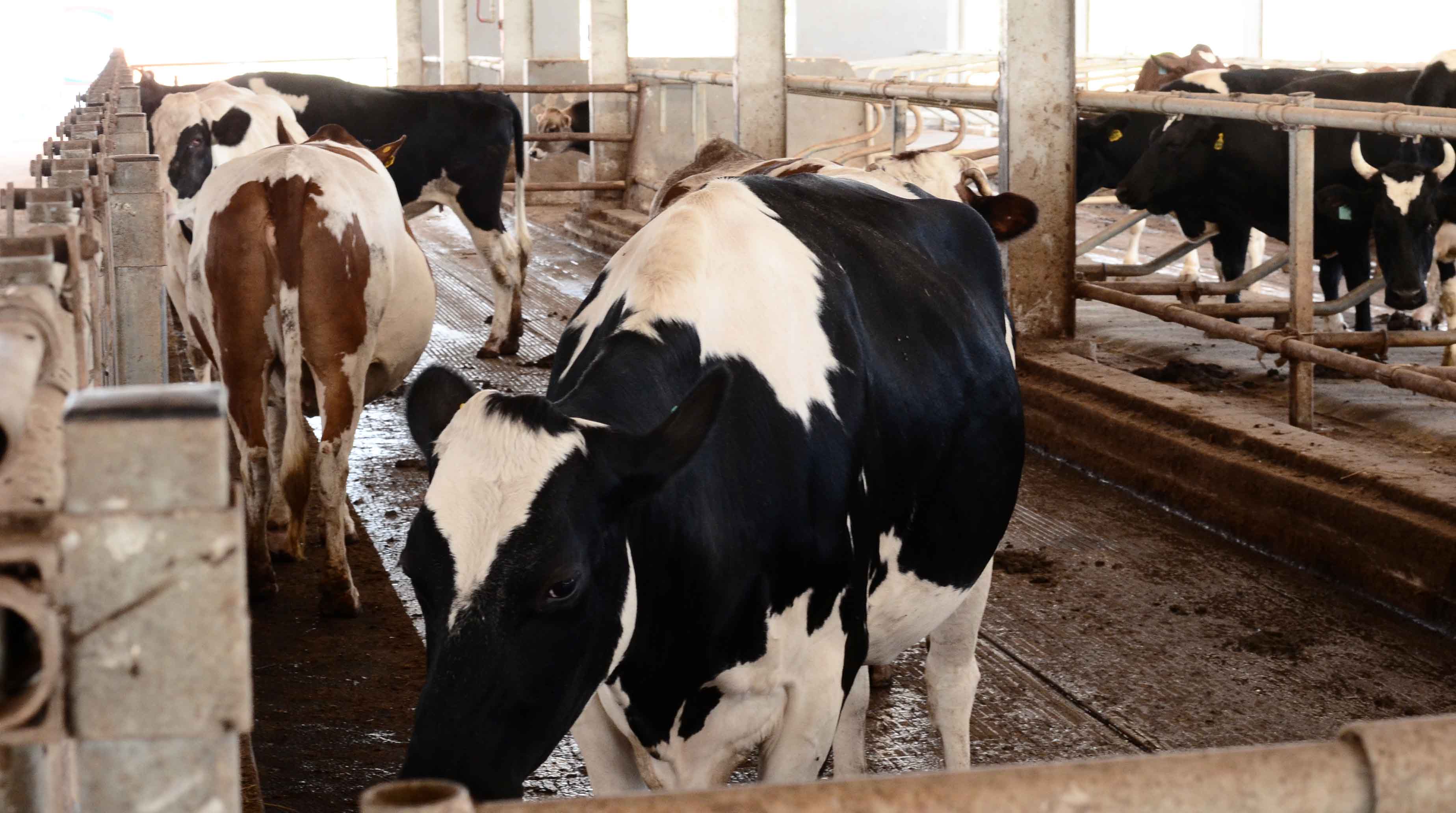Prime
Let's strive to modernize agriculture

An energy efficient farm at Nakyesasa which has efficient equipment and a well aerated environment. The roof has skylights which improve lighting during day. Photo/George Katongole
What you need to know:
- When 70% of the population is engaged in small-scale farming on small plots the output is generally low.
Agriculture is a major factor in the Ugandan economy. It is a source of raw materials for industries.
It employs about seventy percent of the population and it is the main occupation in the rural areas. It contributes to the country’s foreign exchange earnings.
We depend on agriculture for food. The majority of households grow their own food and struggle to produce extra crops and livestock for sale in what is referred to as subsistence farming.
Uganda’s population growth rate is estimated by the Population Reference Bureau (prb.org) to be the highest in the world after Mayotte and Niger.
When seventy percent of the population is engaged in small-scale farming on small plots of land the output is generally low.
Not all of them are hard working or even good farmers, but they hold on to their small pieces of land.
They use simple tools working with their hands to till the land, to plant the seeds, to remove the weeds, and to harvest the crops.
The country is well endowed with rivers and lakes but its agriculture is constrained by long droughts due to lack of efficient irrigation systems.
In wealthy nations such as the UK and the USA only about five percent of the population is engaged in agriculture and the paradox is that their agricultural production is by far superior to ours. The more people we have in farming the less agricultural output.
In those countries agriculture is done on large pieces of land of like one or two square miles by a single farmer.
If his enterprise is maize, such a farmer produces far more maize than what is produced by three hundred smallholder farmers here on the same area of land.
The farmers in those countries use heavy machines such as tractors to till the land, to plant the seeds, and to harvest them in real time, often using computerized combine harvesters. They have efficient irrigation systems.
But the story in our country is quite different.
We want our farmers to remain small. Billions of shillings are invested annually in rural small-scale farming where on the average every woman produces five and half children.
The government policy is that nobody should be deprived of their small plots of land.
Yet the plots keep getting smaller, always divided up among children whenever the head of a household dies.
Michael Ssali is a veteran journalist, [email protected]




